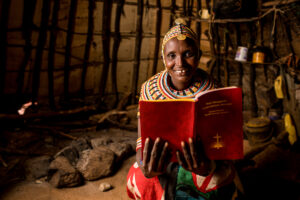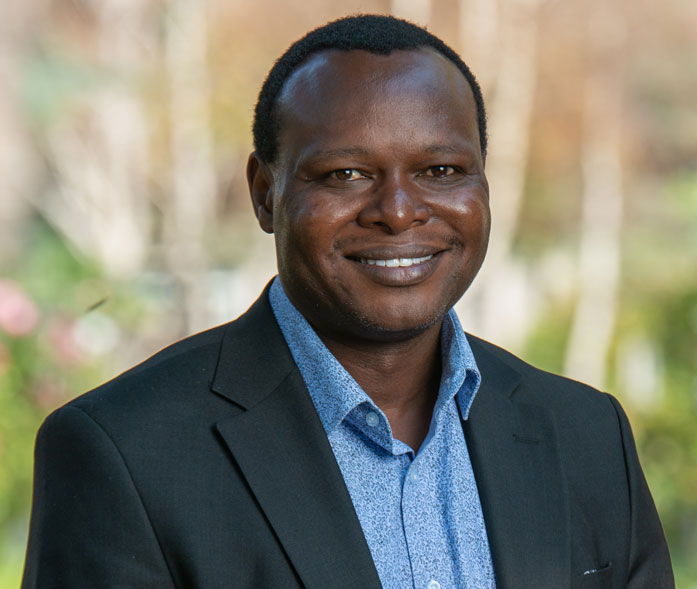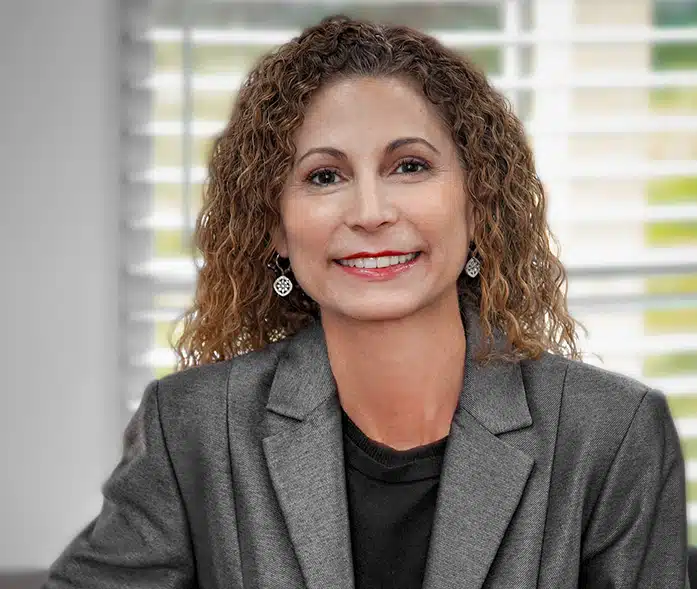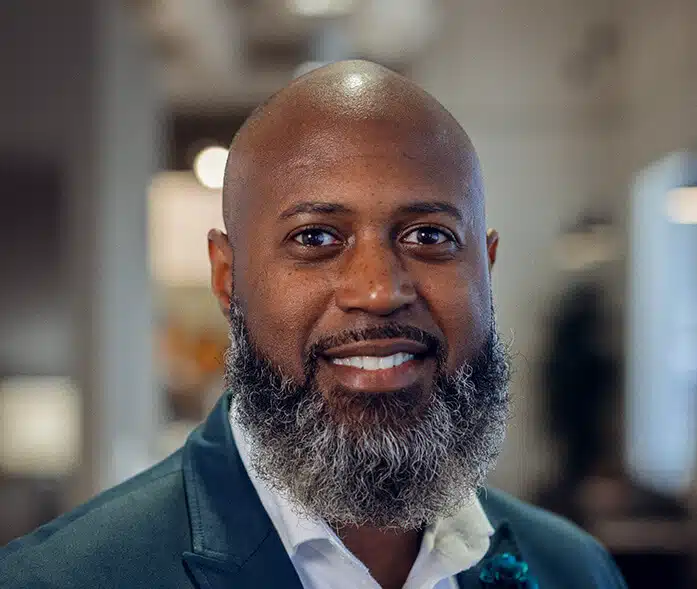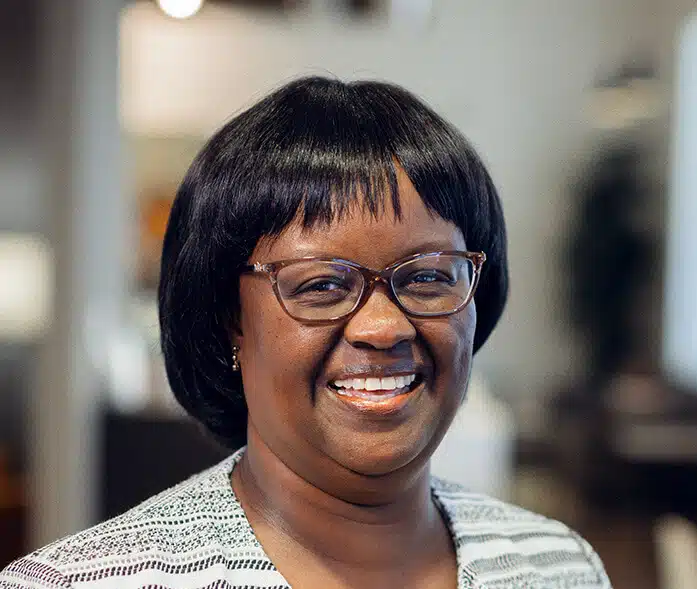METHODS OF TRANSLATION
Written Translation
The most well-known method is written translation, as teams translate God’s Word into text that can be printed or shared digitally.
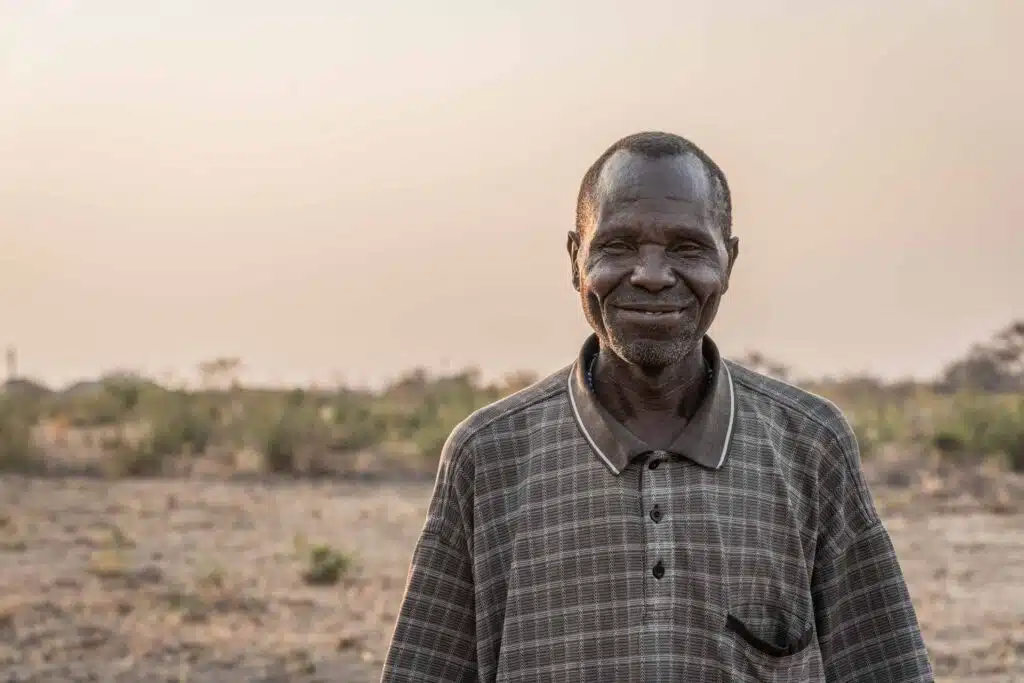
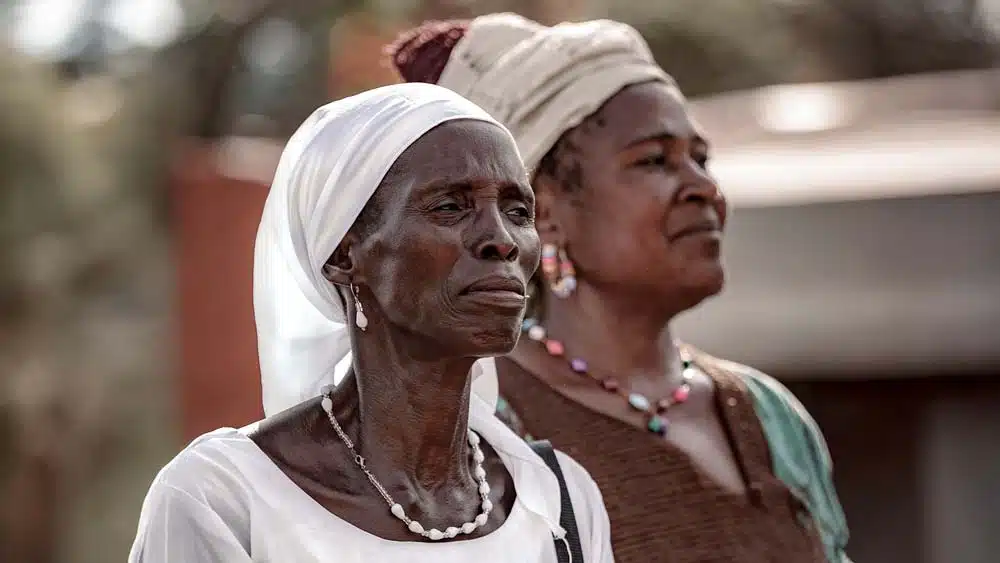
Oral Traditions
Many communities around the world don’t rely on written language to interact but instead prefer oral communication. For these oral cultures, spoken Scripture is more effective than text. Oral Bible Storytelling teams bring the stories of God’s Word to life for these audiences, and Oral Bible Translation teams produce audio recordings of Scripture by following a process that maintains translation quality and high respect for oral ways of communicating.
As Scripture spreads through word of mouth and audio devices, it ignites movements of transformation without a single printed page.

Sign Language Translation
Only 2% of the world’s Deaf population has ever had the gospel of Jesus communicated clearly to them. Hearing communities often believe that written Scripture suffices, but written languages are far different from signed languages. With more than 350 sign languages across the globe, sign language translations are crucial to sharing God’s love with the Deaf.
We work with partners like DOOR International, Deaf Bible Society, Deaf Missions, and Deaf Harbor to accelerate Bible translation for sign language communities.
How do they experience it?
Whether shared online, downloaded onto smartphone apps, or printed on pages, the Word of God transforms the lives of those who read it. For many people groups, the Scriptures may be the first written material ever produced in their language. Often, teams will combine their Bible translation work with literacy efforts to promote reading and writing.
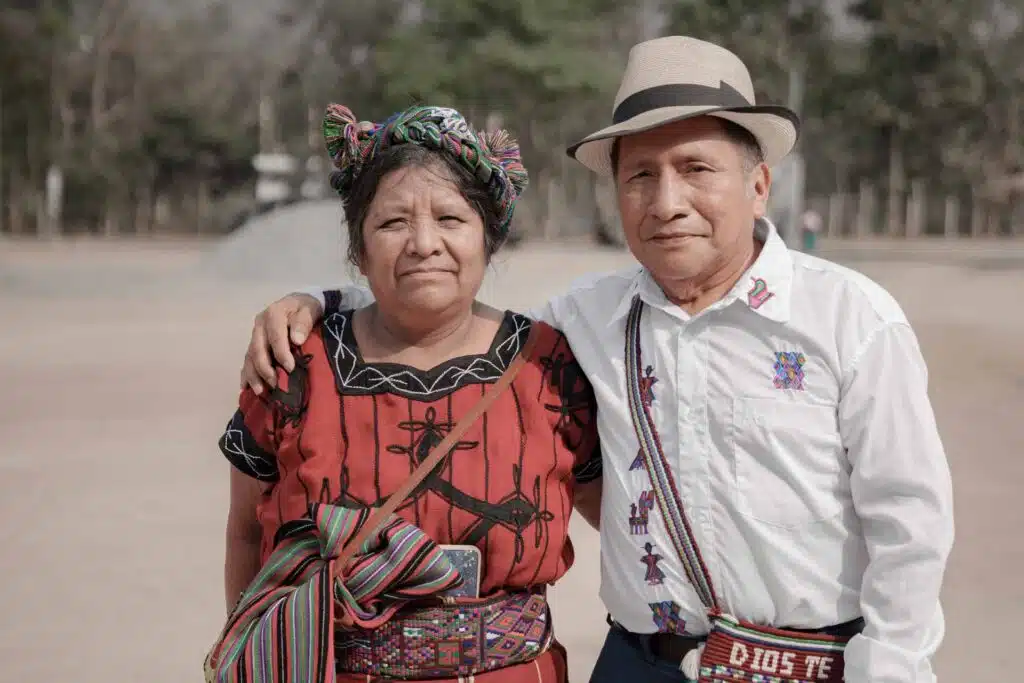
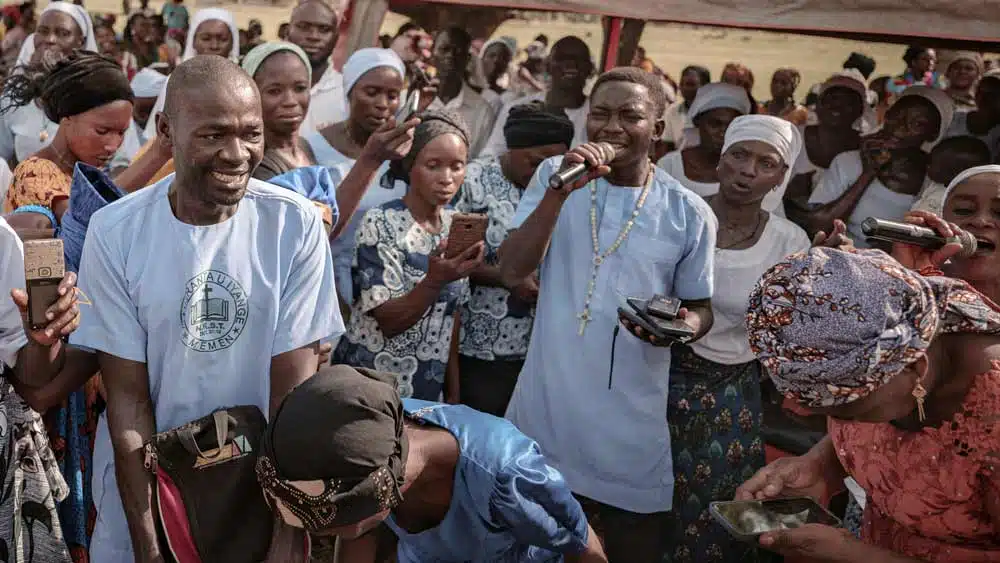
To best engage oral cultures and increase Scripture access, teams frequently produce audio recordings of translations. These recordings make their way onto SD cards, smartphones, MP3s, and many more listening devices that let people gather around and hear the words of God in their heart language. Faith Comes By Hearing is a vital field partner in reaching Bibleless groups with audio Scripture.
Oral Bible Storytelling teams also send out trained storytellers to go into their communities and narrate the Scriptures publicly. When the stories are told in a tone and style that speaks to the audience, people remember what they’ve heard.
They See It
Video can immerse people in God’s story. Many teams translating the book of Luke also produce media from the Jesus Film Project, namely the “JESUS” film itself, which includes 70% of the Gospel text and has been translated into more than 2,000 languages. They may also translate the script for the Magdalena film, a beautiful resource portraying Jesus’ compassion for women. Teams hold watch parties both in person and on social media.
Field partner LUMO also produces full-length films that use biblical texts, word-for-word, as their scripts, such as their 2023 release, The Covenant.
For the Deaf, sign language videos bring context to the Word—through facial expressions and movement—in ways written language can’t. Watch Nadine’s story of how the Bible touched her heart in South African Sign Language.




